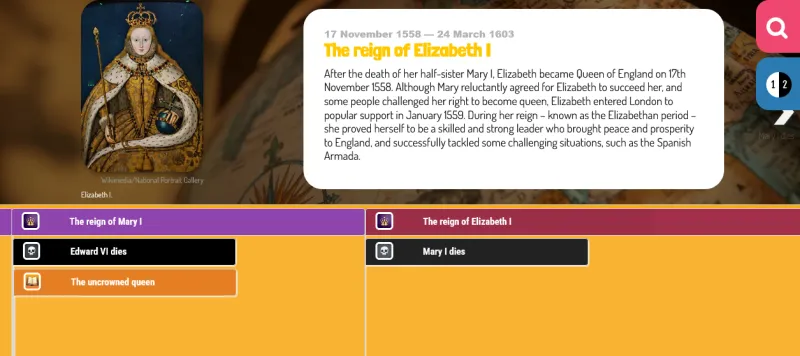International Women’s Day: Why Women in History Matter
International Women’s Day, an annual celebration on 8th March, provides teachers with a valuable opportunity to showcase the achievements of women throughout history and highlight the importance of gender equality. For pupils, a celebration of the vital role that women have played in shaping the world with which they are familiar can challenge stereotypes and inspire them to pursue their own ambitions.
Teaching children about women in history is not just about filling gaps in knowledge; it is about providing a richer, more accurate picture of the past with which learners can identify.
The importance of representation in primary history
When exploring the past, you don’t need to look very far to find examples of men’s achievements – and failures - in history; consequently, women’s contributions are too often underrepresented. However, history is not complete without the stories of women who have influenced politics, science, literature, and social change. By studying figures as diverse as Cleopatra VII, Boudica, Elizabeth I, Florence Nightingale, Mary Seacole, and Emmeline Pankhurst, to name but a few, we can provide pupils with a broader and more inclusive understanding of the past, while dispelling misconceptions about women’s roles in history.
Representation in history is crucial for fostering confidence and ambition in young students. When children, particularly those from minority groups, learn about different role models, they are more likely to believe in their own potential. Teaching about women’s achievements also helps to dismantle stereotypes, showing that leadership, innovation, and courage are not limited by gender.
Engaging children in women’s history
For primary school teachers, incorporating women’s history into lessons does not have to be limited to International Women’s Day, but can be woven throughout the curriculum in engaging and meaningful ways:
- Storytelling: Young children connect with history particularly well through stories which can make learning more accessible and enjoyable. There are many suitable resources about the experiences and achievements of women in the past, such as these BBC True Stories.
- Exploring women through chronology: Timelines allow pupils to learn about the achievements of women in different periods of history and to relate these to the social and political events of the time. The Immersive History Interactive Primary Timeline contains details of several significant female historical characters, but also allows teachers and pupils to add their own women to extend their learning or pursue their own lines of historical enquiry.
- Interactive activities: Role-playing historical events can increase pupils’ empathy, which is a vital soft skills that many children struggle to master. From acting out historical events, hot seating as female significant people, or writing diary entries from the perspective of influential women, there are many engaging activities that will sharpen children’s interest in history.
- Consider ‘why?’: Answering ‘why’ questions when learning about women in history promotes a deeper understanding by exploring causes, motivations, and impacts -rather than just expanding knowledge. For example, instead of simply knowing that Elizabeth I was an effective monarch, asking why explores her political skill, strategic leadership, and resilience. This approach can highlight women’s agency, challenge stereotypes, and enrich children’s historical analyses.
- Consider a comparative approach: Comparative history enhances learning about women by revealing patterns, differences, and shared struggles across time and cultures. Comparing prominent figures such as Cleopatra VII, Boudica, and Catherine the Great, or even everyday people such as the Women's Royal Naval Service in World War 2, highlights their leadership, the societal constraints they faced, and the impacts they made.
Making a whole-school impact
Headteachers and subject leaders have a responsibility to ensure that women’s history is not just a token addition but a fundamental part of the curriculum. Reviewing teaching materials, incorporating diverse perspectives, and supporting staff with high-quality resources will create a more balanced historical narrative.
By actively promoting the stories of women in history, teachers can inspire all pupils to recognise their potential and contribute to a more equal society. With International Women’s Day approaching, now is the ideal time to start your school’s journey to a more inclusive history curriculum that celebrates diversity and the achievements of all who have shaped Britain and the world.
Subscribe to the Immersive History Interactive Primary Timeline
For more information about our unique interactive primary timeline or to purchase your school’s annual subscription, please visit immersivehistory.uk today.

 School Login
School Login